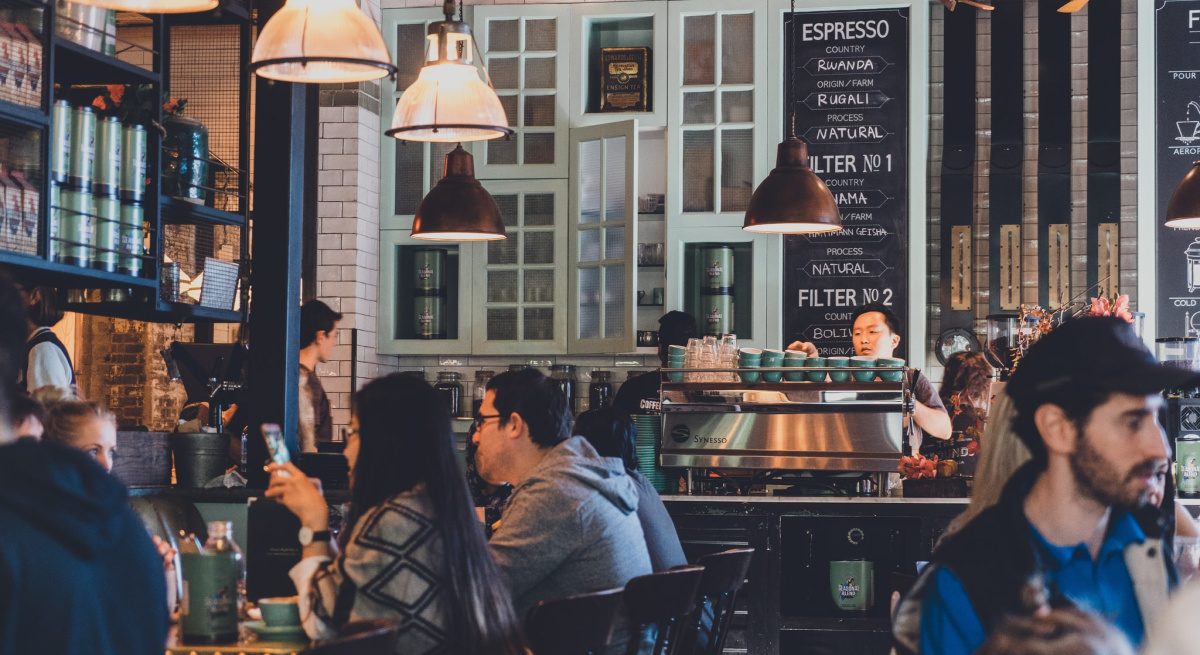Customer Service Trends in the Restaurant Industry to Look For in 2020
3 Min Read By Pem Booke
The food and restaurant industry has evolved dramatically over the years. Now that consumers have become more particular with dining, service standards have skyrocketed, and expectations are higher than ever before. When people decide to dine in your establishment, they don’t just want to eat good food; they want to have a pleasant experience, as well.
Statistics show that 96 percent of consumers from across the globe say that customer service plays a critical factor in choosing a brand they’ll be loyal to. As a service-oriented industry, knowing what makes your customers tick and capitalizing on their preferences will allow you to provide top-of-the-line service.
Your ability to provide excellent customer service will play a big part in defining the success of your establishment. With competition getting tighter, businesses that can engage and delight their customers will be one step ahead of the pack. Stay up to date and take note of these five notable customer service trends in the restaurant industry.
Online Ordering and Mobile Apps
Unlike before, when you had to memorize the delivery numbers of your favorite fast-food chains, you can now order in with just a click. Thanks to the arrival of food delivery applications, the casual diner can now satisfy his or her cravings whenever he or she pleases.
In the United States alone, diners have spent approximately $27 billion by ordering food through an app, website, or text message. Signing up your establishment in a third-party online ordering app can significantly ramp up your sales, as you give customers the privilege to dine with you wherever they may be.
Self-Service Tech
By 2020, 85 percent of all customer interactions will be done through digital companions. Similar to how businesses use chatbots, restaurants are starting to integrate technology into their processes, particularly in order. A famous example would be how self-ordering kiosks have been able to simplify the customer experience.
Integrating self-service tech can also provide many benefits to your kitchen staff. Since machines are now taking care of one thing in your to-do list, you can process orders faster, lessen the number of workers you pay for, and significantly increase your day-to-day efficiency.
Dining as a Personalized Experience
Rather than food being the main focus, consumers want to have an immersive experience with you. Reports show that 71 percent of consumers get frustrated if their experience with you isn’t personalized. This statistic proves that you need to know the preferences of your target audience and capitalize on them.
This is where your branding, design, and gimmicks come into play. What kind of ambiance do they prefer? Should you jazz up the name of your food options? Do they react well to red-colored furniture? Knowing what makes them tick will increase your chances of retaining them for future transactions.
Healthy Eating and Environmental Consciousness
People have now become more conscious of the things they put in their bodies. To pave the way for a healthier body, consumers have started following certain meal plans, such as the vegan diet, giving rise to this trend. Aside from health-related reasons, there has been an increase in customers who opt to be meat-free due to ethical concerns.
Environmental issues have now become the main selling point for customers. With topics such as the overproduction of plastic and global warming at hand, people are now starting to be more particular with the products they consume. To allow them to live a sustainable lifestyle, you can help them minimize their carbon footprint by creating a zero-waste kitchen.
Beyond plastic straws, you can minimize your establishment’s impact on the planet by boycotting plastic utensils, containers, and Styrofoam. Including more plant-based and other meat-free options will undeniably expand your reach to wellness warriors and plant and animal lovers.
The Increasing Role of Social Media
Since the tech-savvy youth tend to be on their phones at all times, being present in social media will help you establish a stronger presence among the younger generation. When it comes to digital ads, studies show that 71 percent of millennials and 59 percent of centennials (aka Gen Z) are likely to click through.
These numbers indicate that being present in social platforms (such as Facebook or Instagram) and other digital channels have turned into a necessity.
Aside from giving you better brand visibility, social media also opens up a number of opportunities for engagement. You can personally thank your customers whenever they post about you, answer inquiries in an instant, and monitor how they talk about your brand.
This can help you improve different areas in your operations and give you a better reputation in the market.
Provide a Pleasant Dining Experience
Customer loyalty is built through positive engagements. You may have excellent marketing strategies and competitively priced products, but you should always keep in mind that service is just as impactful as the two. Taking note of these tips and putting your audience at the center will give them the best experience they can hope for.
Make it a point to always conduct research. Reading food industry blogs and taking note of your competitors’ strong and weak points can give you insight into how you can improve your services. Staying up to date with the latest trends in the industry will also enable you to adapt to any changes that may come in the future.


